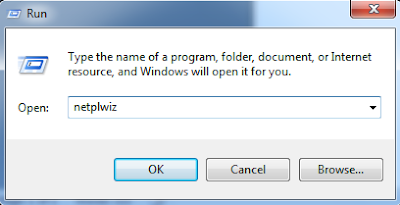Consider following example:
#include<stdio.h>
struct student{
int rollno;
float marks;
};
int main(){
struct student s1;
s1.rollno=12;
s1.marks=92.5;
printf("\nStudent 1 Details\n");
printf("\nRoll No:%d",s1.rollno);
printf("\nMarks:%.2f\n",s1.marks);
struct student s2;
s2.rollno=13;
s2.marks=90;
printf("\nStudent 2 Details\n");
printf("\nRoll No:%d",s2.rollno);
printf("\nMarks:%.2f\n",s2.marks);
return 0;
}
As you can see in above example,
every time, a structure variable is being declared, we have to write struct
student varName.
To avoid writing struct all over
the place, we can use typedef with structure declaration. Using a typedef avoids
having to write struct every time you declare a variable of that type.
#include<stdio.h>
typedef struct student{
int rollno;
float marks;
};
int main(){
student s1;
s1.rollno=12;
s1.marks=92.5;
printf("\nStudent 1 Details\n");
printf("\nRoll No:%d",s1.rollno);
printf("\nMarks:%.2f\n",s1.marks);
student s2;
s2.rollno=13;
s2.marks=90;
printf("\nStudent 2 Details\n");
printf("\nRoll No:%d",s2.rollno);
printf("\nMarks:%.2f\n",s2.marks);
return 0;
}
Another version of above program:
#include<stdio.h>
typedef struct {
int rollno;
float marks;
}student;
int main(){
student s1;
s1.rollno=12;
s1.marks=92.5;
printf("\nStudent 1 Details\n");
printf("\nRoll No:%d",s1.rollno);
printf("\nMarks:%.2f\n",s1.marks);
student s2;
s2.rollno=13;
s2.marks=90;
printf("\nStudent 2 Details\n");
printf("\nRoll No:%d",s2.rollno);
printf("\nMarks:%.2f\n",s2.marks);
return 0;
}
Another version of same program:
#include<stdio.h>
struct student{
int rollno;
float marks;
};
typedef struct student;
int main(){
student s1;
s1.rollno=12;
s1.marks=92.5;
printf("\nStudent 1 Details\n");
printf("\nRoll No:%d",s1.rollno);
printf("\nMarks:%.2f\n",s1.marks);
student s2;
s2.rollno=13;
s2.marks=90;
printf("\nStudent 2 Details\n");
printf("\nRoll No:%d",s2.rollno);
printf("\nMarks:%.2f\n",s2.marks);
return 0;
}
Another version of above program:
#include<stdio.h>
struct student{
int rollno;
float marks;
};
typedef struct student s;
int main(){
s s1;
s1.rollno=12;
s1.marks=92.5;
printf("\nStudent 1 Details\n");
printf("\nRoll No:%d",s1.rollno);
printf("\nMarks:%.2f\n",s1.marks);
s s2;
s2.rollno=13;
s2.marks=90;
printf("\nStudent 2 Details\n");
printf("\nRoll No:%d",s2.rollno);
printf("\nMarks:%.2f\n",s2.marks);
return 0;
}
Summary:
(i). Typedef keyword is used to
give a new symbolic name(i.e alias) to another existing type.
(ii). It saves some typing.
(iii). It makes code cleaner.























